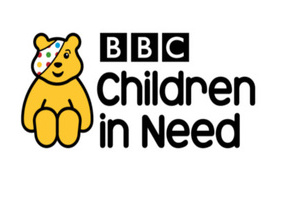BBC Children in Need is looking to diversify its streams of income as the totals for its annual telethons have failed to match pre-pandemic levels.
Last year, it raised £35m on the night, down from £39m the year before and more than £10m lower than pre-pandemic levels of around £50m.
Claire Hoyle, director of income, marketing and communications at the charity, told Fundraising Magazine that it had undergone a “strategic shift in thinking” to attract new potential donors including a focus on younger audiences.
Pudsey can help diversify income
Hoyle said she believes a “continued decline in linear TV viewing” as well as the cost-of-living crisis has contributed to lower telethon totals in recent years.
She said that the charity’s mascot, Pudsey, was its “unique asset” that it will use to help diversify its income.
Hoyle said the charity was targeting different audiences and changing its output accordingly.
Research the charity conducted found that people who are most likely to support Children in Need are young adults in the age bracket of 16 – 24, as well as families with young children of primary school age.
“From a digital perspective, we know that younger audiences are spending more and more time on social; it’s really clear that 16 to 24-year-olds tend to be on TikTok and Snapchat, whereas young families tend to be on Instagram and Facebook.
“So, we’ve looked at how can we create the right projects and propositions on the right platforms in the right spaces in a way that’s unique for Children in Need.”
She said the charity’s new audience strategy requires a “strategic shift in thinking”.
For example, by moving away from thinking only about direct individual donations and instead about optimising commercial opportunities available on platforms like TikTok or Instagram.
BBC Children in Need is currently experimenting with new forms of fundraising and recently ran a four-hour TikTok live stream to test how it might generate donations or raise awareness of the charity.
It is also using its relationships with high-profile supporters such as Joe Wicks and enabling donations through all social media platforms.
“What these initiatives have given us is some good insights to build on for this year, particularly about what works, where the points were during streaming that drove more donations, and which of the creators resonated most with our target audiences. The metrics behind the channels really show you what works and what doesn’t,” Hoyle said.
Subscribers can read Hoyle's full interview in Fundraising Magazine.
Related articles











